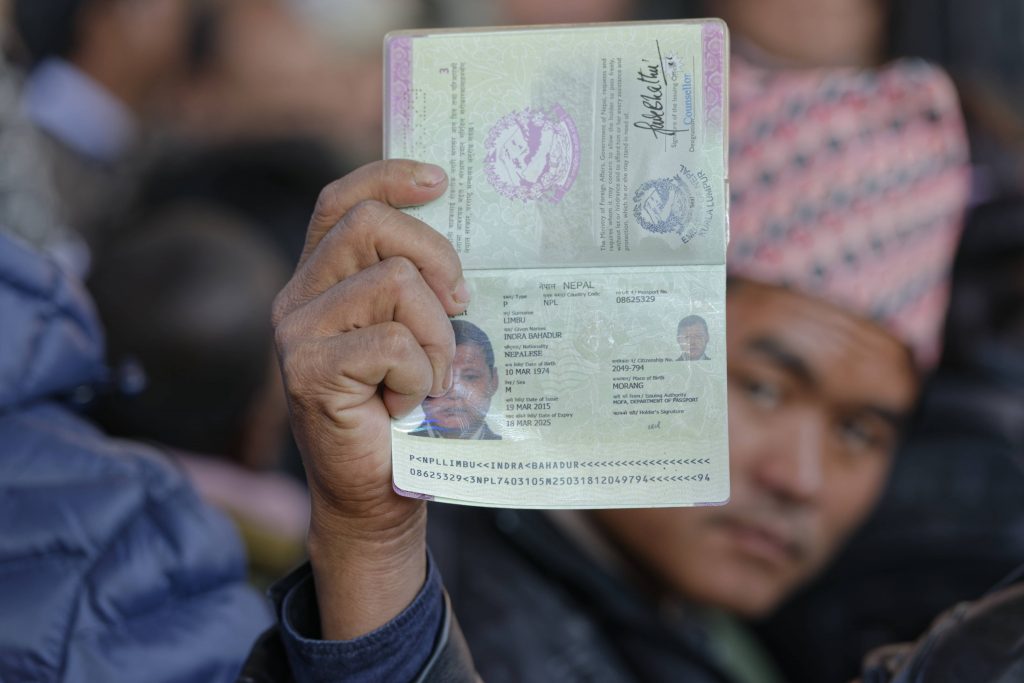There are 164 million migrant workers in the world according to ILO estimates. These workers contribute, both directly and indirectly, to the societies and economies of their host countries. However, in many countries, migrants experience difficulties in the labour market due to restrictions on the right to work, non-recognition of their foreign credentials and work experience, discrimination and language barriers, among other factors.
Migrants of working age have lower employment-to-population ratios compared to their non-migrant counterparts in over half of the 96 countries with available data. Migrants are more likely to be unemployed in the majority of countries and the gaps are particularly wide in Egypt, Greece, Spain and Sweden, where the unemployment rate of migrants exceeds that of non-migrants by more than 10 percentage points.
Surprisingly, migrants fare much better in a handful of countries: around 70% of foreigners are employed in Brunei Darussalam, Botswana and Nepal compared to only half or less of their national counterparts. Open labour migration policies with few restrictions on employment of migrant workers, and the extent to which labour migration takes place on the basis of agreements are among factors affecting migrants’ employment rates in these countries. Several decades of active recruitment of foreign qualified professionals until the early 2000s aimed at filling skills gaps in various sectors may explain this pattern in Botswana.
Beyond access to employment, migrant workers face difficulties with the quality of the jobs they obtain. Migrants are more likely to work in low skilled jobs in all regions. In the 86 countries with available data, 17% of migrants hold elementary occupations compared to 12% of non-migrants. The gap is widest in Brunei Darussalam and Italy where a third of employed migrants work in elementary occupations compared to one in ten non-migrants, despite comparable levels of education. This suggests an important mismatch between many migrants’ qualifications and the skills and education required for their occupations. In most countries with available data, migrants are as likely as non-migrants to be own-account workers. These workers often lack formal work arrangements and are less likely to have decent working conditions than employees.
Another unexpected finding is that migrants’ earnings are not necessarily lower than that of non-migrants. Migrants earn less than non-migrants on average in high-income countries, such as Saudi Arabia, Finland and Luxembourg but that is not the case elsewhere. In 17 out of 28 low- and middle-income countries with available data, migrants earn more on average than non-migrants. In Zambia and Rwanda, migrants earn significantly more, which is related to the large share of migrants in specific high-skilled occupations in those economies.
Overall, migrants face difficulties to secure employment, to access occupations matching their educational levels and to obtain adequate earnings. The lack of recognition of qualifications and experience, language skills and discrimination may all play a role in this regard. Nevertheless, in a few countries with specific migration policies or particular needs in the labour market, they can succeed in obtaining suitable employment and wages. As we observe International Migrants Day, we must also acknowledge that we still know too little about the millions of migrant workers around the world. We need more comprehensive data on their working conditions, which, in turn, can support more targeted policies aimed at protecting rights and ensuring decent work for all regardless of migrant status.
Author
-

Andonirina Rakotonarivo
Andonirina is a Data Analyst in the Statistical Coordination and Special Topics Unit of the ILO Department of Statistics. She oversees the annual data collection for the International Labour Migration Statistics (ILMS) database.












